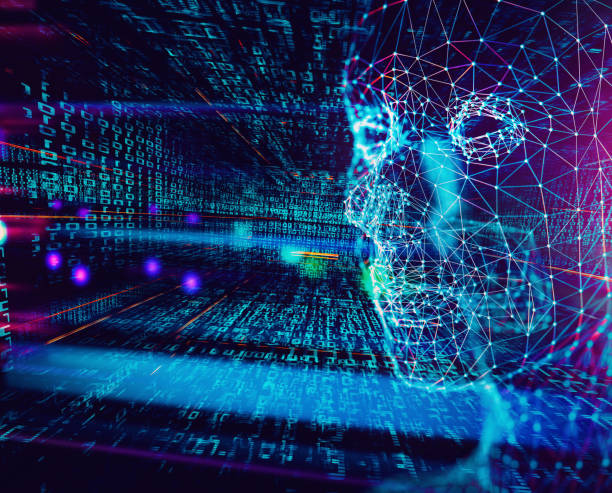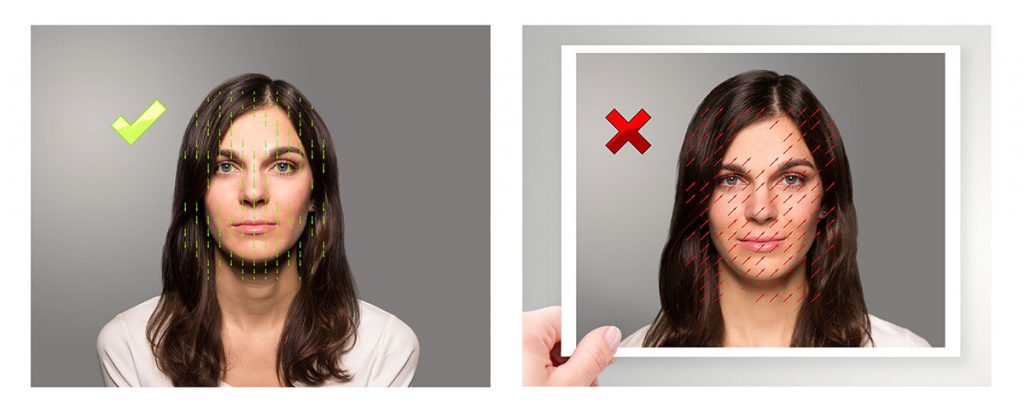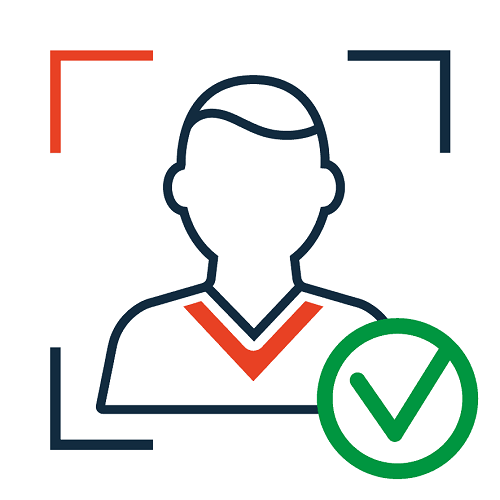Face Liveness Check API is needed to secure biometric authentication systems from fraud. For instance, a fraudster could use a photo, video or mask to attack a facial recognition algorithm and get unauthorized access to accounts or data. This, fraud prevention is the main reason why liveness detection is required for a secure facial authentication application.
Examine whether the selfie your users take is genuinely in-progress, whether it was correctly clicked to save in your records, whether many faces can be seen in the photo, and what portion of the photo the face actually occupies.
By making sure the image you have been given isn’t a picture of a photograph, a passport-sized image, or an image of another person on a mobile device or laptop screen, face liveness detection aids in the discovery of frauds. In order to be absolutely certain that the selfie is real and corresponds to the person you expect, pair it with the Face Liveness API.
Face recognition technology uses biometric authentication techniques to identify facial features in any image or video. Your clients’ submitted official documents are compared to the photograph to identify the face. It integrates a number of AI-powered techniques, such as liveness detection, depth mapping, skin texture analysis, and 3D sensing, to ensure authenticity.
The greatest liveness detecting system for anti-spoofing has been created by us. It verifies that the supplied recordings come from actual live subjects who were in front of the camera. The Zylalabs Face Liveness Check API significantly increase the level of assurance for online transactions in real-time. Our clients successfully avoid identity theft because to one of the most robust and complete biometric anti-spoofing algorithms available.
Using any regular camera, we take two pictures of the same face and look for variations and organic motion. Our powerful motion-analysis algorithms can recognize how a 3D face moves differently from a 2D image.
Powerful DCNNs (deep convolutional neural networks) are used to use artificial intelligence (AI) and allow us to recognize presentation threats such 3D masks, video replays, projections, etc.
We use a specific texture-based technique to identify video replays and other replicas, such as avatars or deepfakes. It is aware when a simulated representation of a person is shown rather than the actual person.
We can ask the user to turn their head in a predetermined, randomized direction, and then confirm that the head was turned in the predetermined direction (challenge-response liveness check).
Finally, the use of Live taken photo API generates even higher levels of security and combats replay attacks. More than one biometric trait is captured simultaneously; for instance, offers face recognition as well as eye/periocular which can be combined flexibly, depending on the situation and the desired security level. It is much harder for an attacker to successfully fake multiple biometrics, especially when they must be presented at the same time. Additionally, it is more convenient for the user to choose from different biometric traits when authenticating. E.g. you can choose to perform ronly, if you’re wearing a medical mask. This is especially relevant since the global pandemic has brought face masks into everyday life.



